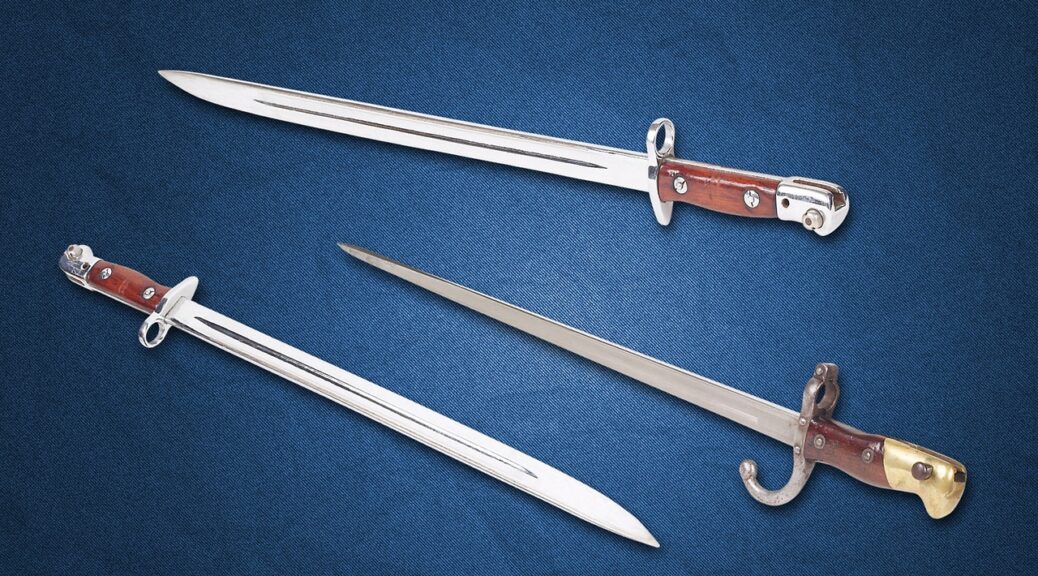
8 Technical Aspects of the Martial Arts
8 Technical Aspects of the Martial Arts
In the past Japanese samurai, Mongolian horsemen, Manchu bannermen, and European knights spent a lifetime learning the highly complex art of fighting. It took many years of discipline to master the techniques of unarmed fighting and fighting with weapons, and training was honed by close-quarters combat that resulted in real fatalities. Although soldiers continue to be trained in these arts today, given the advanced technology of modern warfare they are less likely to engage in unarmed fighting. Unarmed fighting has become more of a civilian sport, and the techniques practiced are less lethal. Many practitioners study only a limited number of fighting techniques within a single system. Others like to gain diverse skills, and most martial arts schools include the study of techniques from different systems. In some systems, advanced study is not offered until a practitioner has been studying and training for many years and gained a certain level of skill.
Types and features of fighting include: long- and short-range unarmed fighting, armed fighting, grappling, the use of pressure points, self-cultivation, single- and multiple-opponent fighting, fighting without injuring the opponent, and avoidance of fighting.
In long-range unarmed fighting, participants have time to react to visual stimuli, which allows the execution of both powerful strikes as well as subtle feints. In short-range unarmed fighting, practitioners must react quickly to tactile stimuli. Feints are difficult to do, as speed and reflex assume importance.
When using grappling techniques, leverage and physical strength are important. Participants wrestle each other to gain submission of the other or find a weak spot for striking. At this range, pinching, biting, and spitting may also be used if not forbidden by the rules.
In armed fighting, the reach of the practitioner is increased and strikes are more destructive. Each weapon and range has its own techniques, and several weapons are generally studied. For efficiency and simplification, a well-designed teaching system will emphasize similarities in technique.
Incorporating the knowledge of pressure points can increase the effective use of traditional techniques and add a new range of options. When striking the body, for example, the target point can be chosen to bring about a specific effect.
Self-cultivation techniques enhance moral, emotional, and physical development. Some martial arts schools have character development as a main goal. Acquiring skill in a martial art form takes patience, dedication, and persistence, all of which benefit the practitioner in developing strength of character. A school focusing on self-cultivation emphasizes techniques and training that encourage and support this development.
Traditional duels and modern sparring matches consist of single-opponent fighting. Expert fighters are pitted against each other and must follow a definite set of rules in fighting until one is declared the victor. In this type of fighting, footwork can be simplified, as quick turns are rarely needed. In such matches, opponents tend to be equals in skill.
Some martial arts systems, especially those that focus on basic self-defense, teach avoidance of fighting altogether. Techniques include instruction on how to become aware of potentially violent confrontations and situations, defuse them before they arise, and de-escalate them if they occur. In these systems, fighting would be engaged in as a last resort when it is unavoidable.